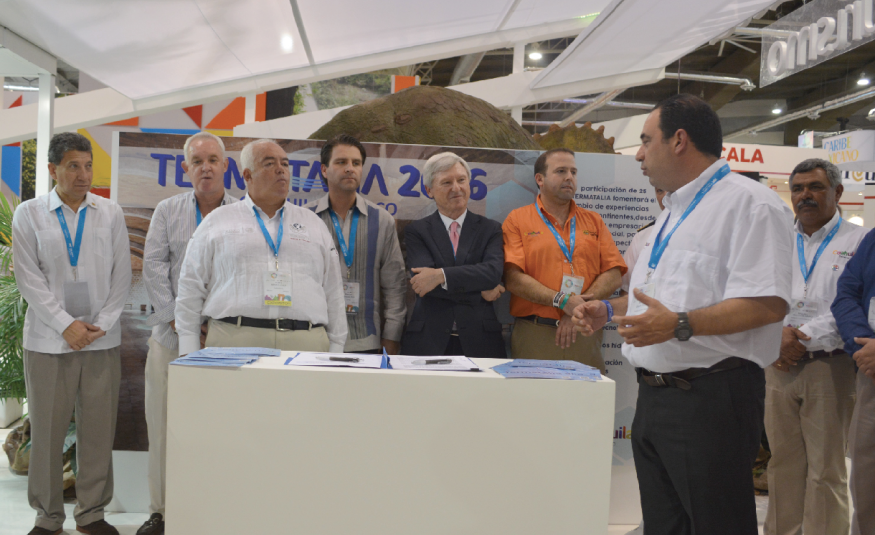Termatalia is a 16-year-old show that is reigniting demand for thermal healthcare. EW takes a closer look.
Termatalia, the thermal wellness event with roots in the Galician town of Ourense, made its debut in Mexico this year. The event has developed into a strong brand in the 16 years since it first opened its door, and with 26 countries represented at the event, the indications are that this exhibition is – like the hot springs it promotes – surging from below.
But what makes it significant is the show’s position in defining an overlooked, albeit resurgent market, and the fact it presents an industry with a new way to sell itself.
Thermal healthcare is by its very definition a niche market, given that a city or town must have geothermal resources in order to qualify as a participating location. Perhaps this magnifies the influence of the event, which to some extent is helping to define the market.
Part of the event’s appeal lies in the fact it provides qualifying thermal destinations with a new platform to reach potential visitors. And a lucrative one at that. Speaking on the first day of the event, Dr Maria Todd, director of Mercury Healthcare and one of the foremost figures in the health tourism industry, made the point that medical tourism visitors have varying motivations for visiting a destination, but seeking escape like the conventional traveller is not chief among them. They seek recuperation, restoration and treatment.
The business of health tourism, as one that trades in premium travellers and accommodation, can ensure higher margins for those local providers with a stake in the industry.
Being an international show, the organiser is working closely with the associations that help propel it from being a collection of regional hotels chains and service providers, into a collection of card-carrying representatives from the global thermal tourism industry.
The reason for locating this year’s event in Mexico is that the country is home to a significant proportion of tourism in Latin America.
“As indicated by market research, Mexico represents 50 per cent of tourism revenues in the region of Latin America and the Caribbean (not of South America, since Mexico belongs to the region of North America),” says fair director Alejandro Rubin. “If we take a look at spas, it is a country in full expansion, which doubled the number of spas and spa centres between 2007 and 2018. This tells us that it is a product in development – with mineral-medicinal waters in at least 21 of its 32 federal entities.”
The next Latin American edition, in 2018, follows a home event in Ourense in 2017. And having now taken place in Peru, Argentina and Mexico, the host will be chosen from between Colombia and Brazil. The region of Foz do Iguazú in Brazil, home to the world-famous waterfalls, and Paipa – the lush coffee-growing region in Colombia. EW






